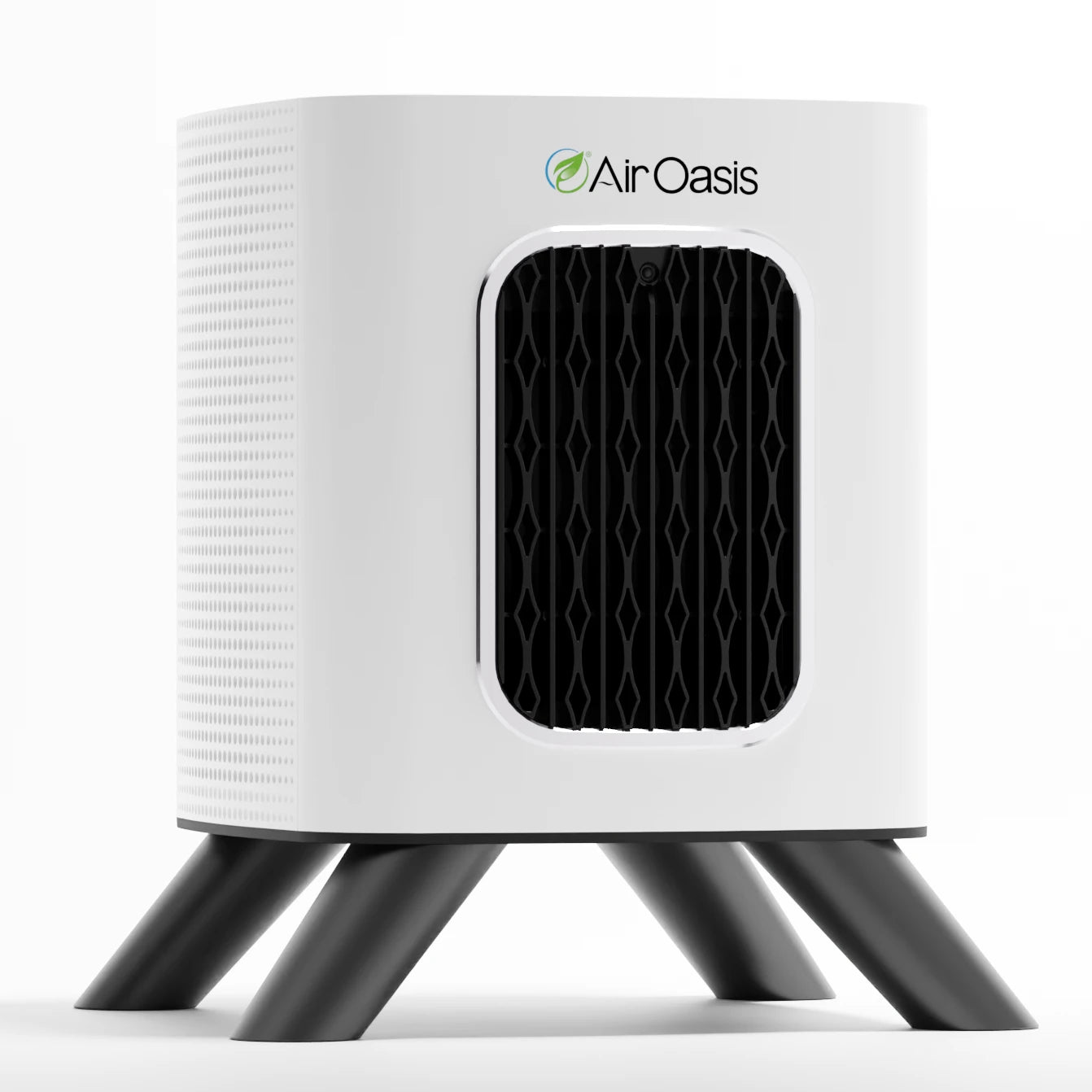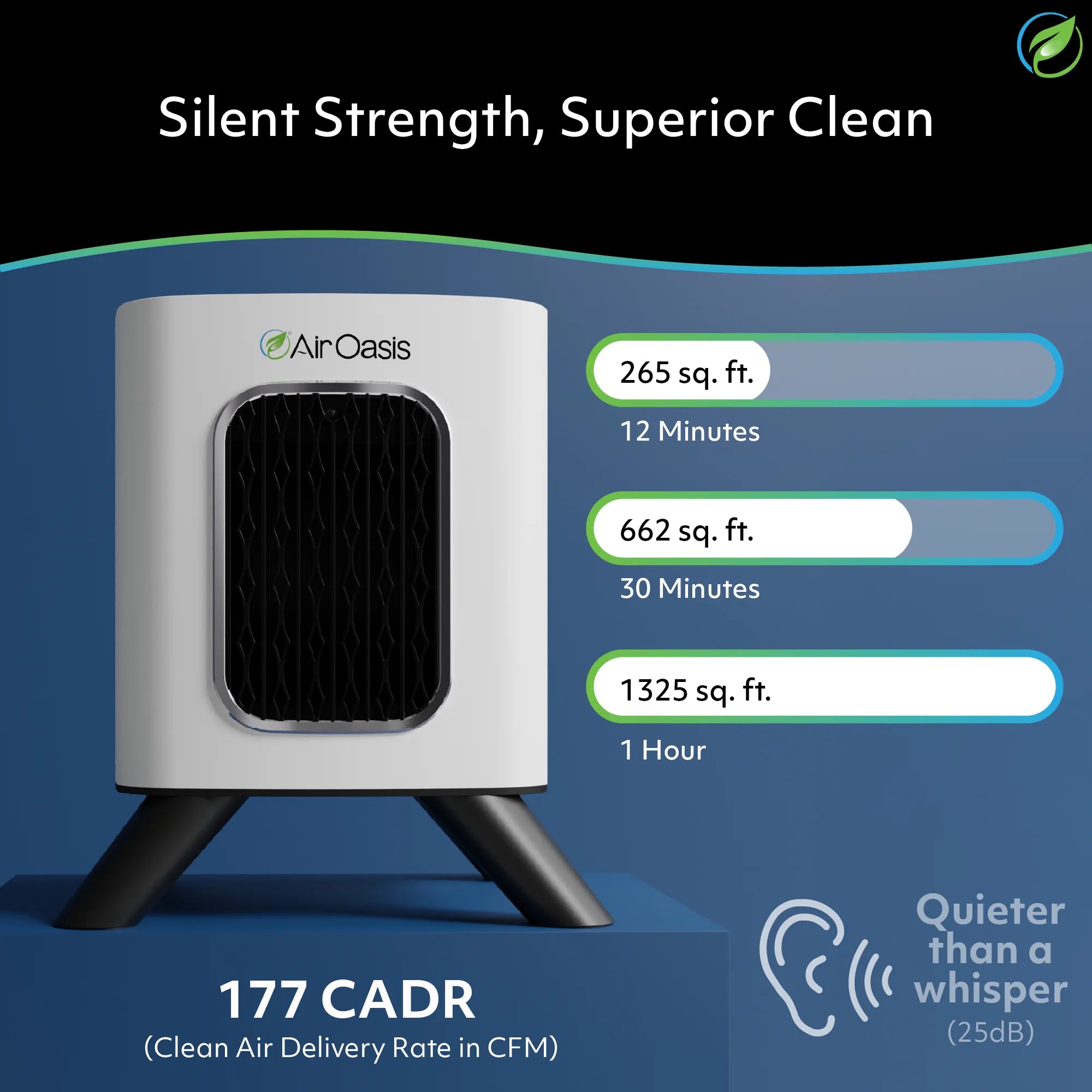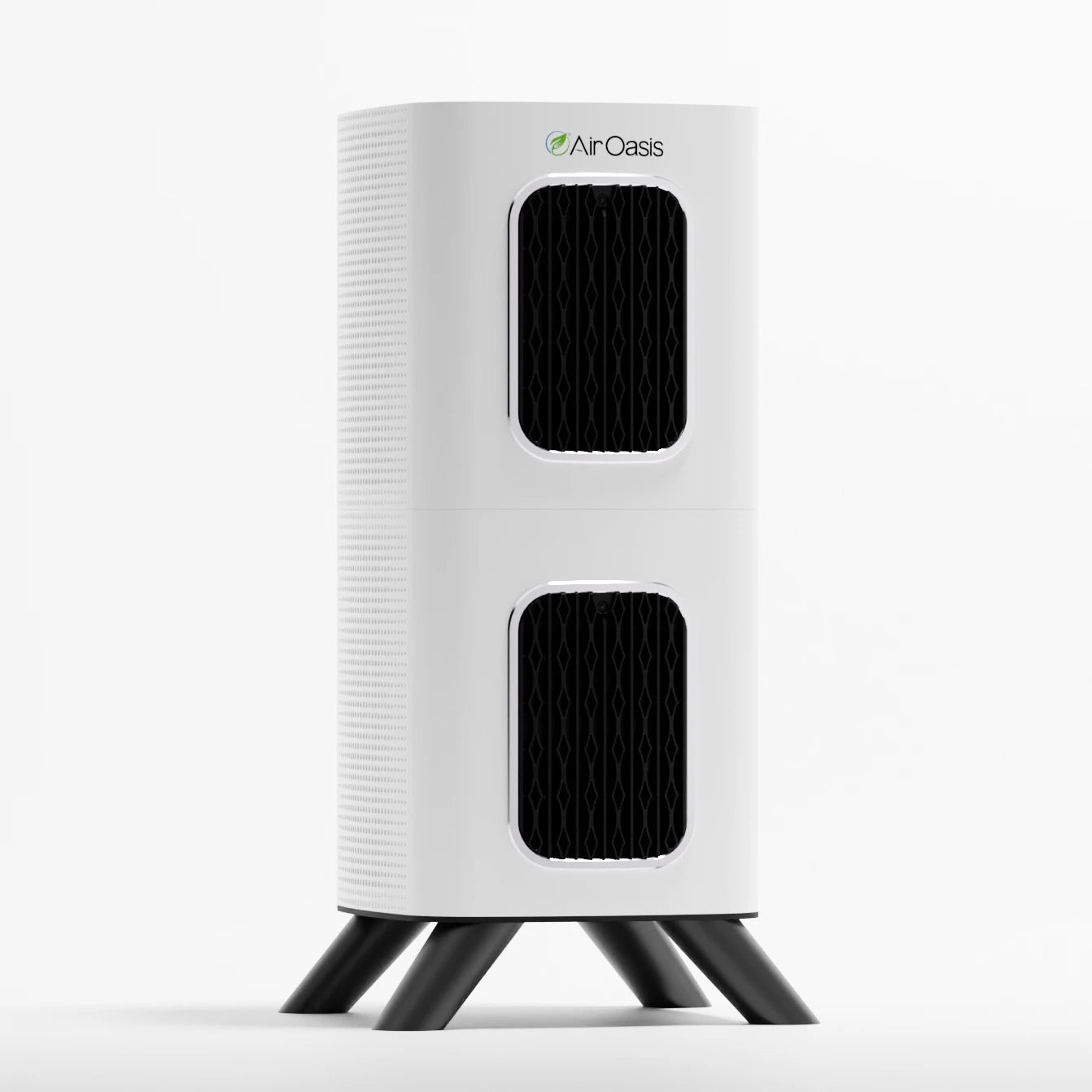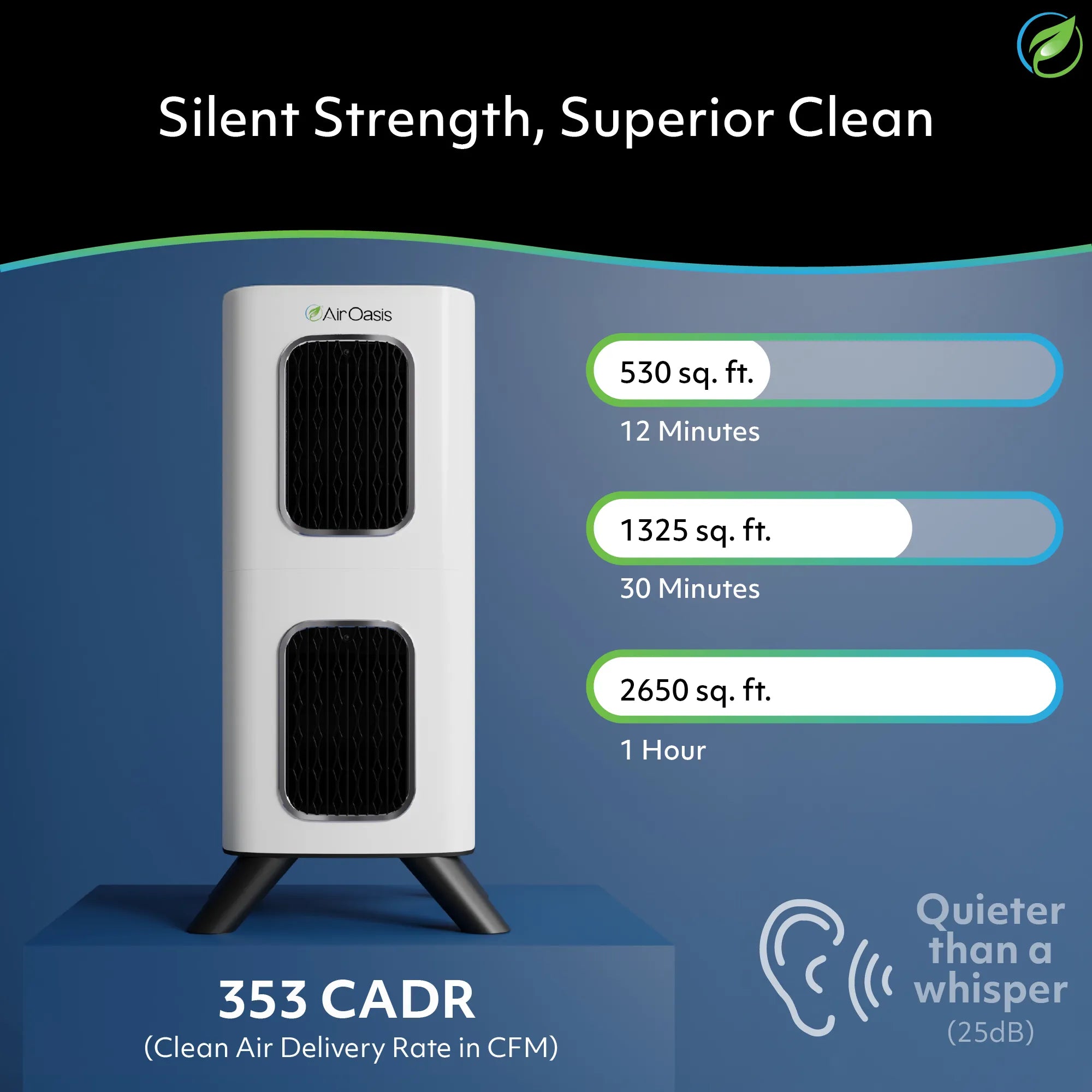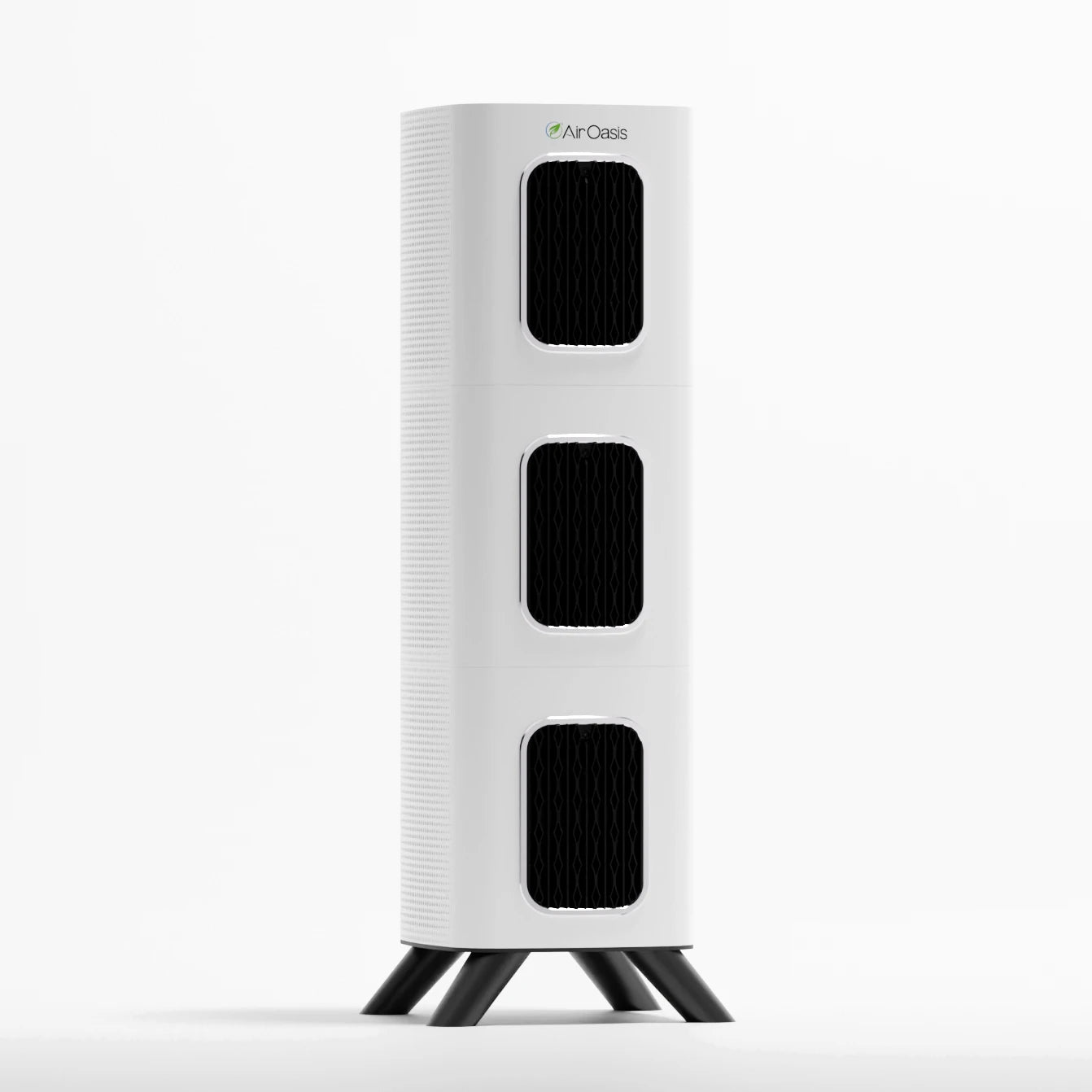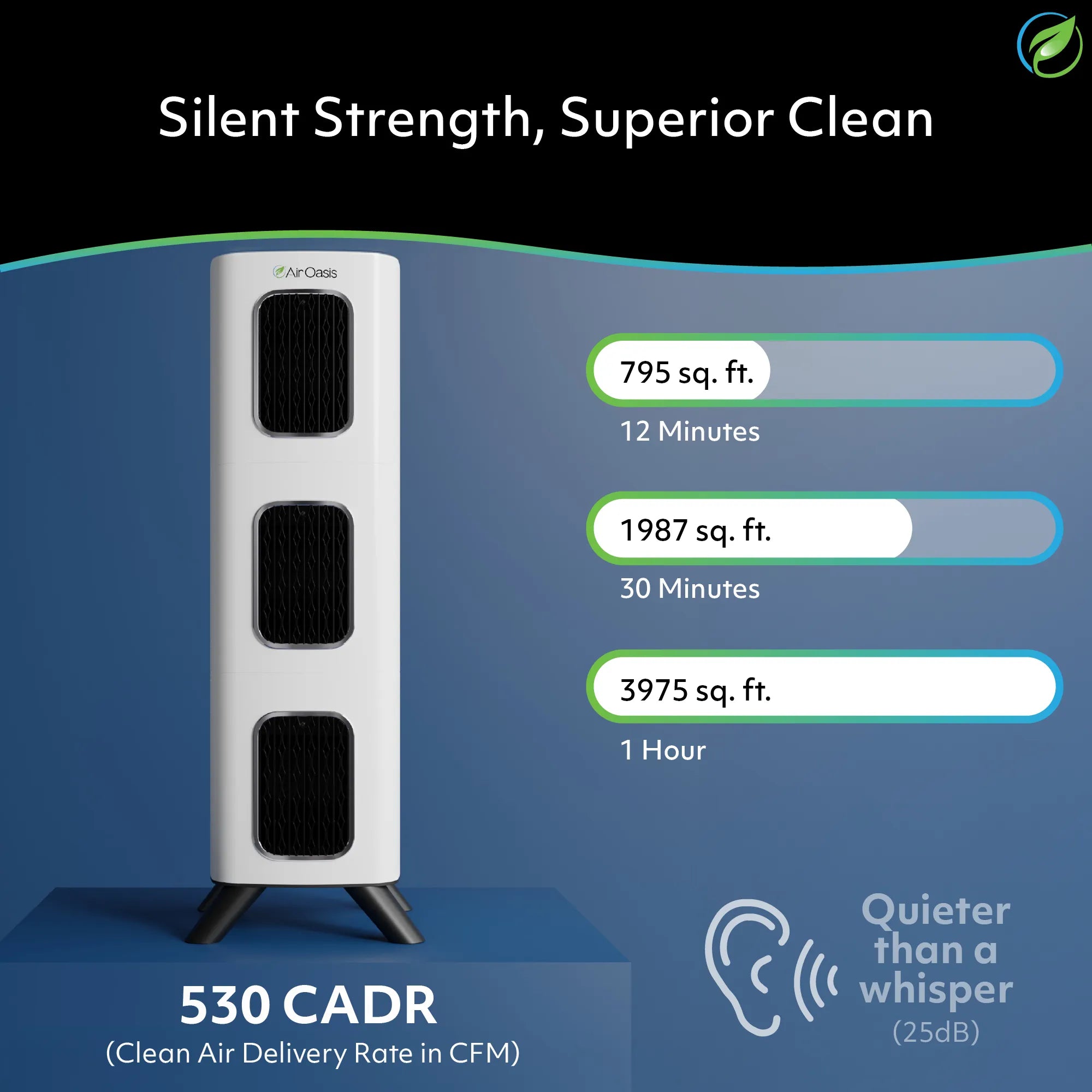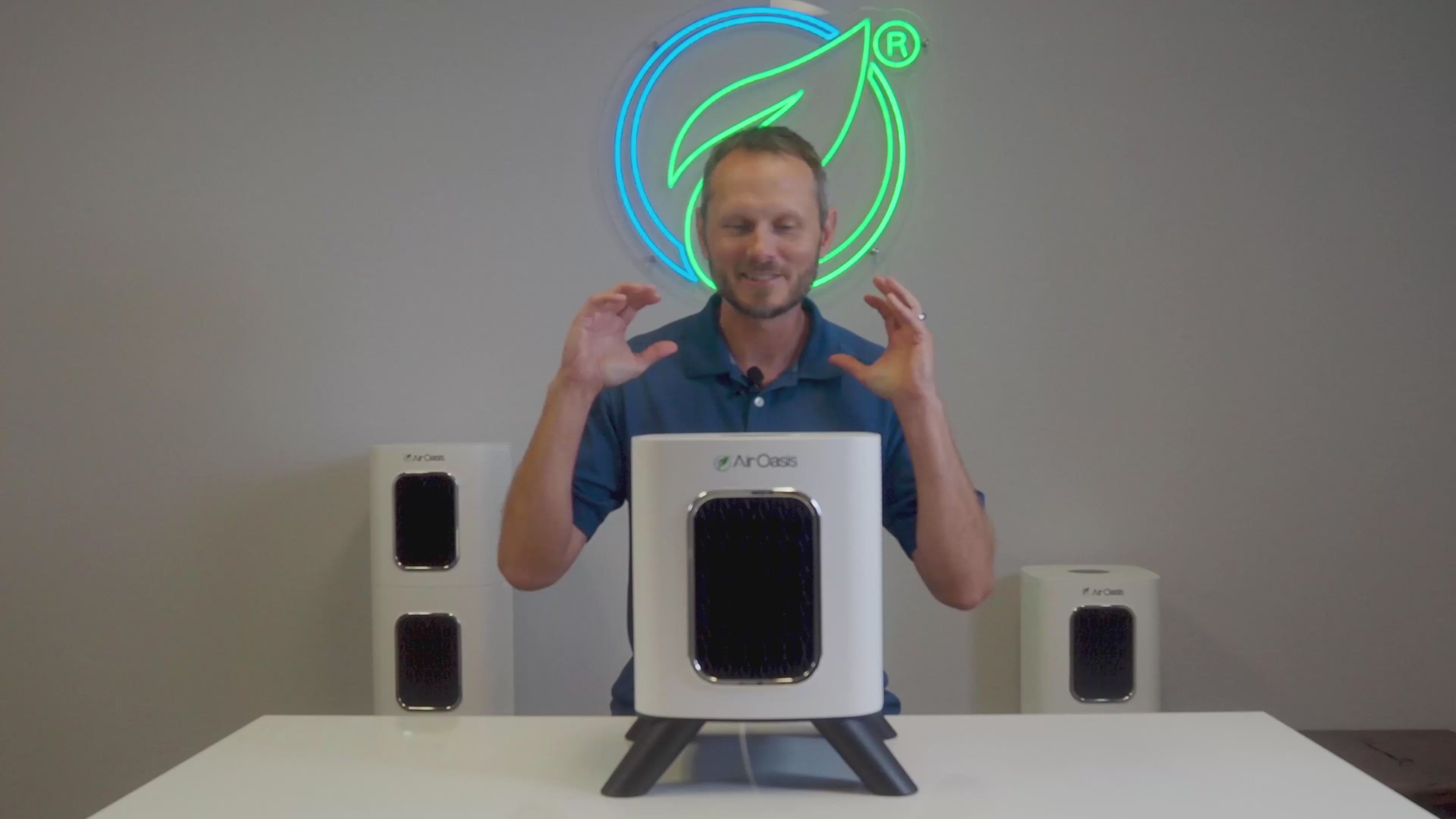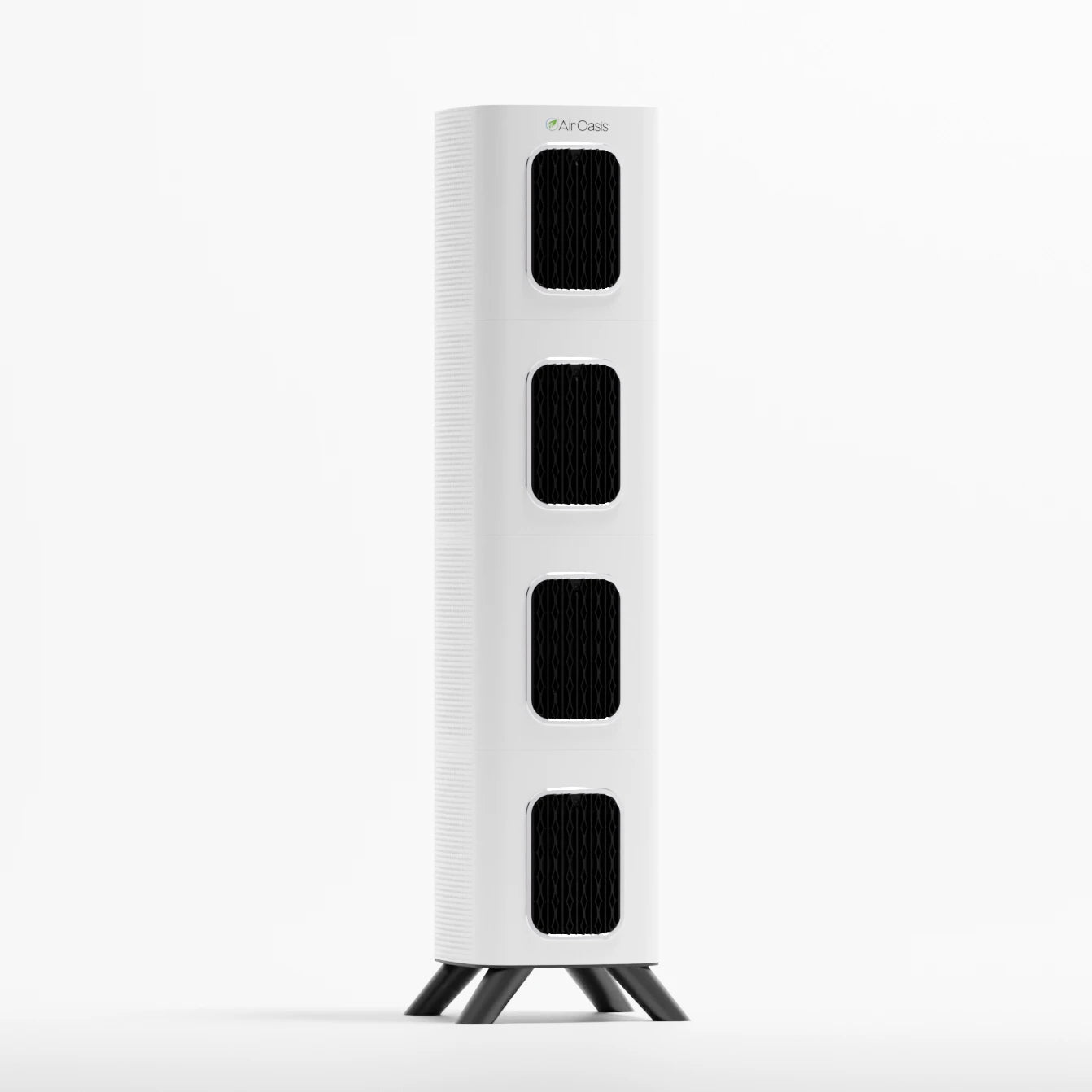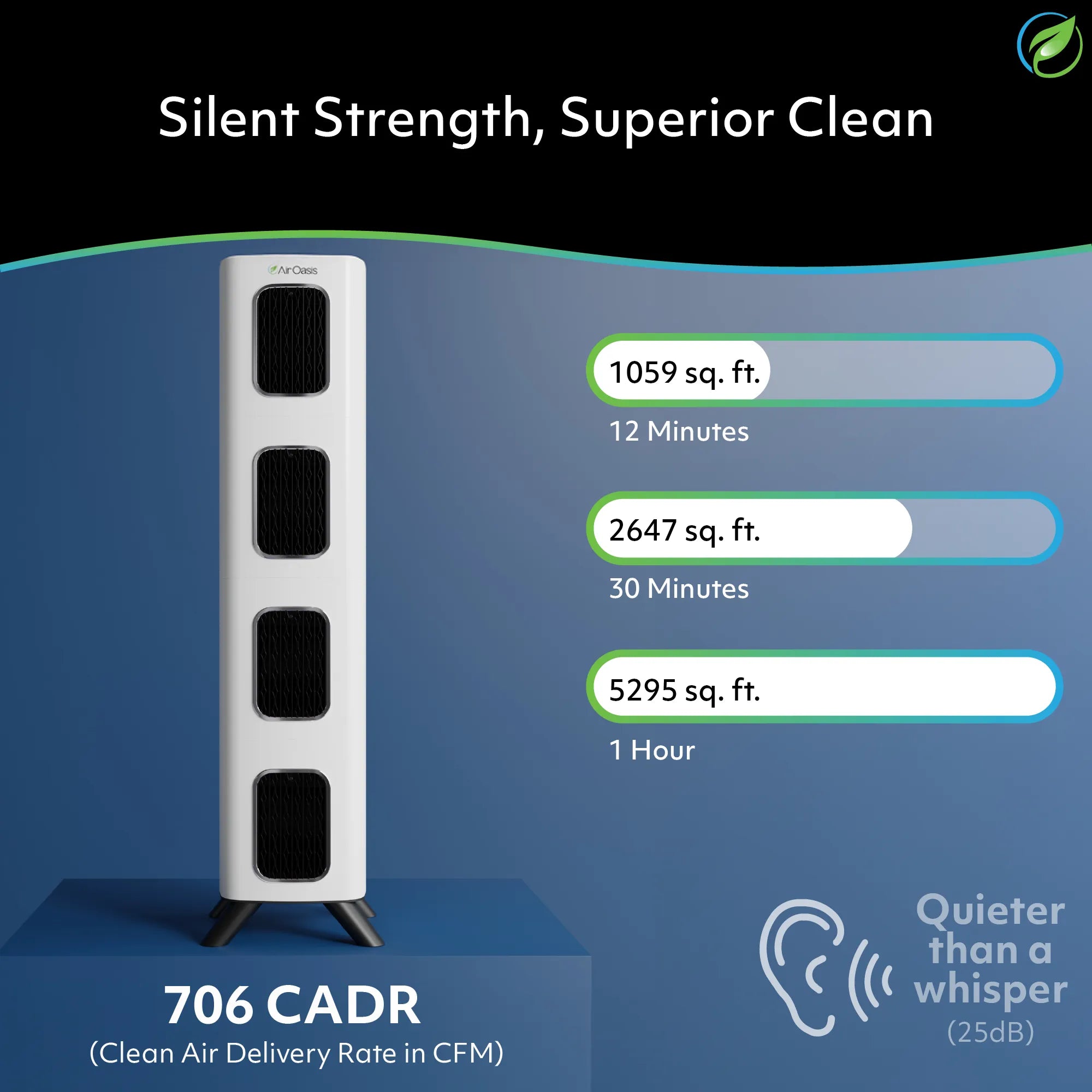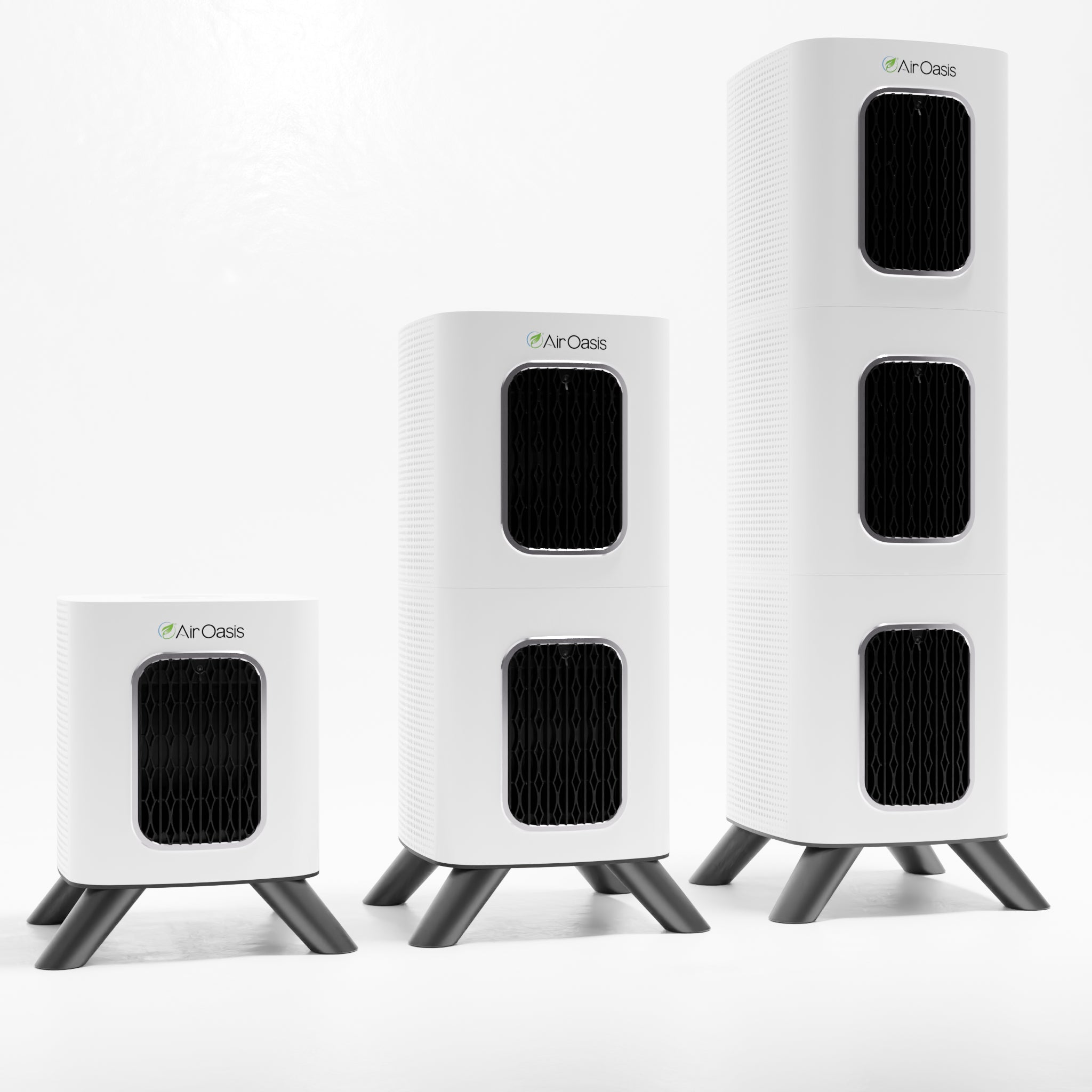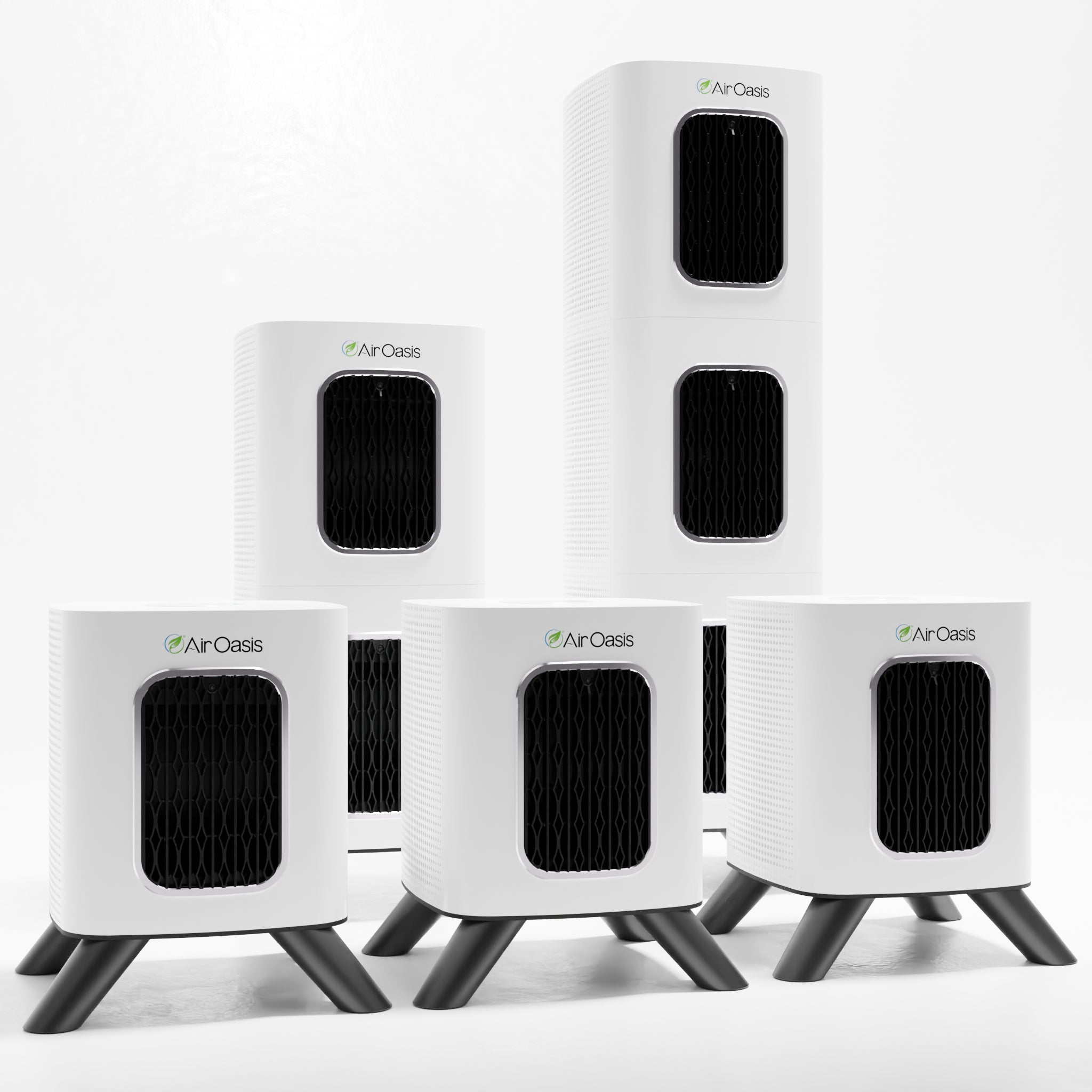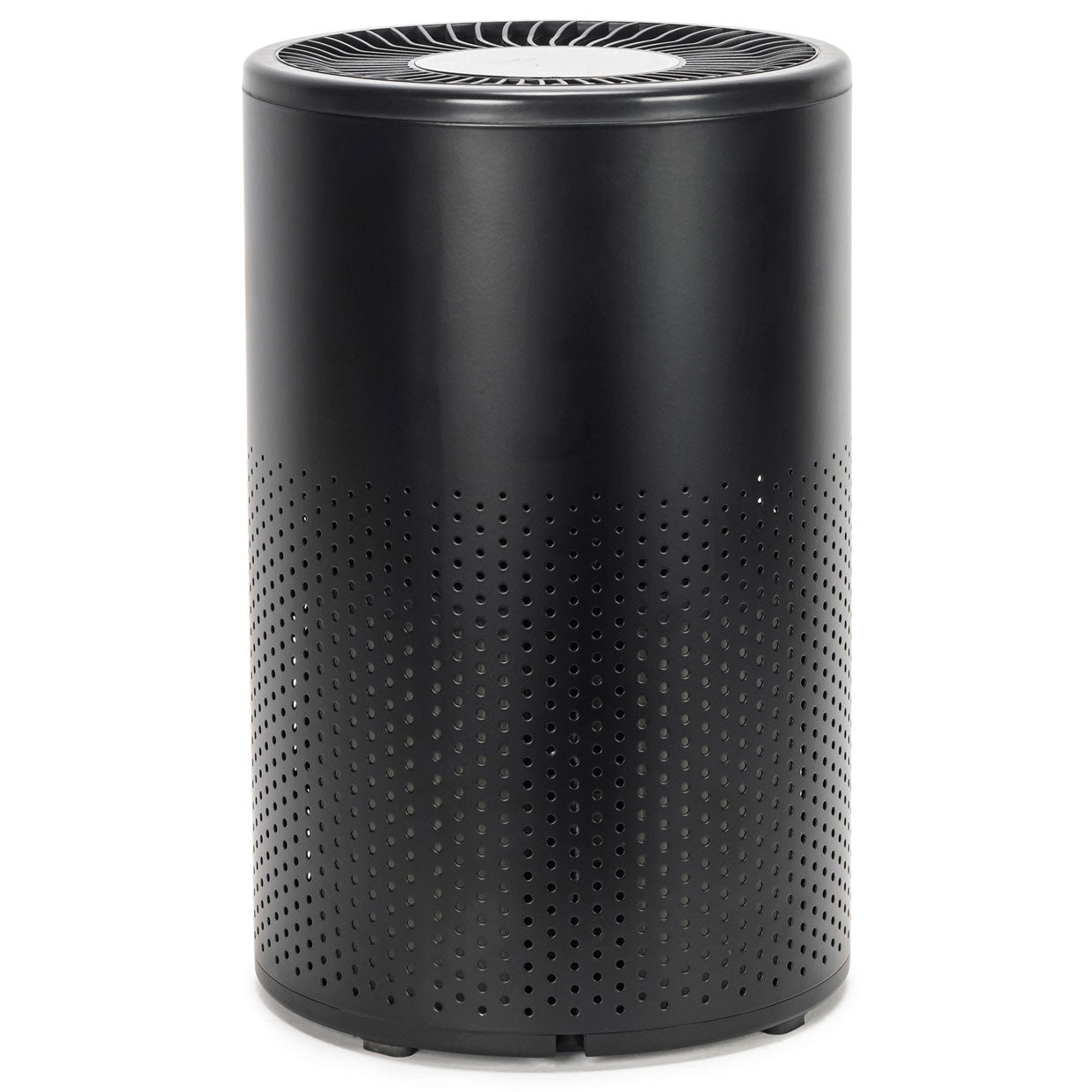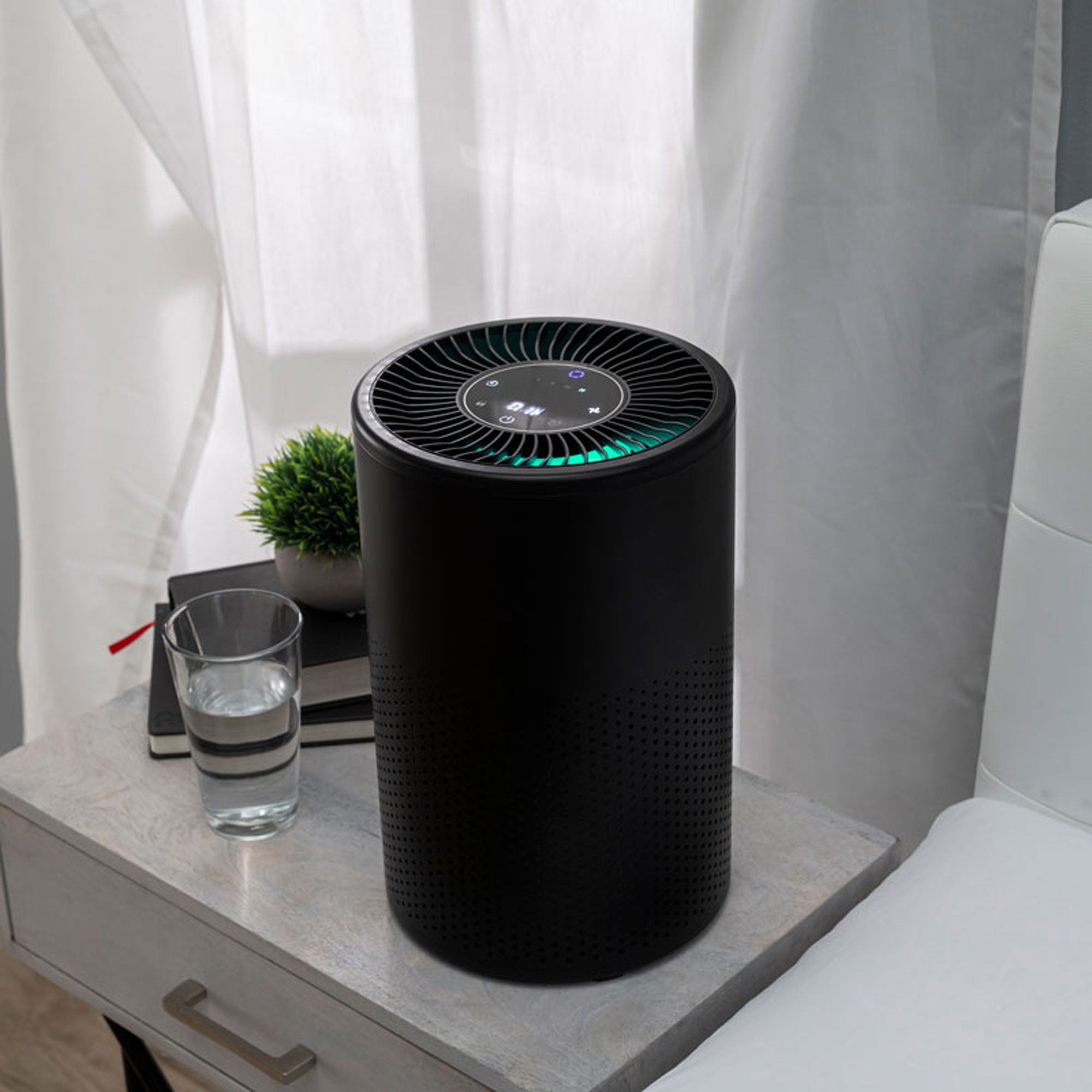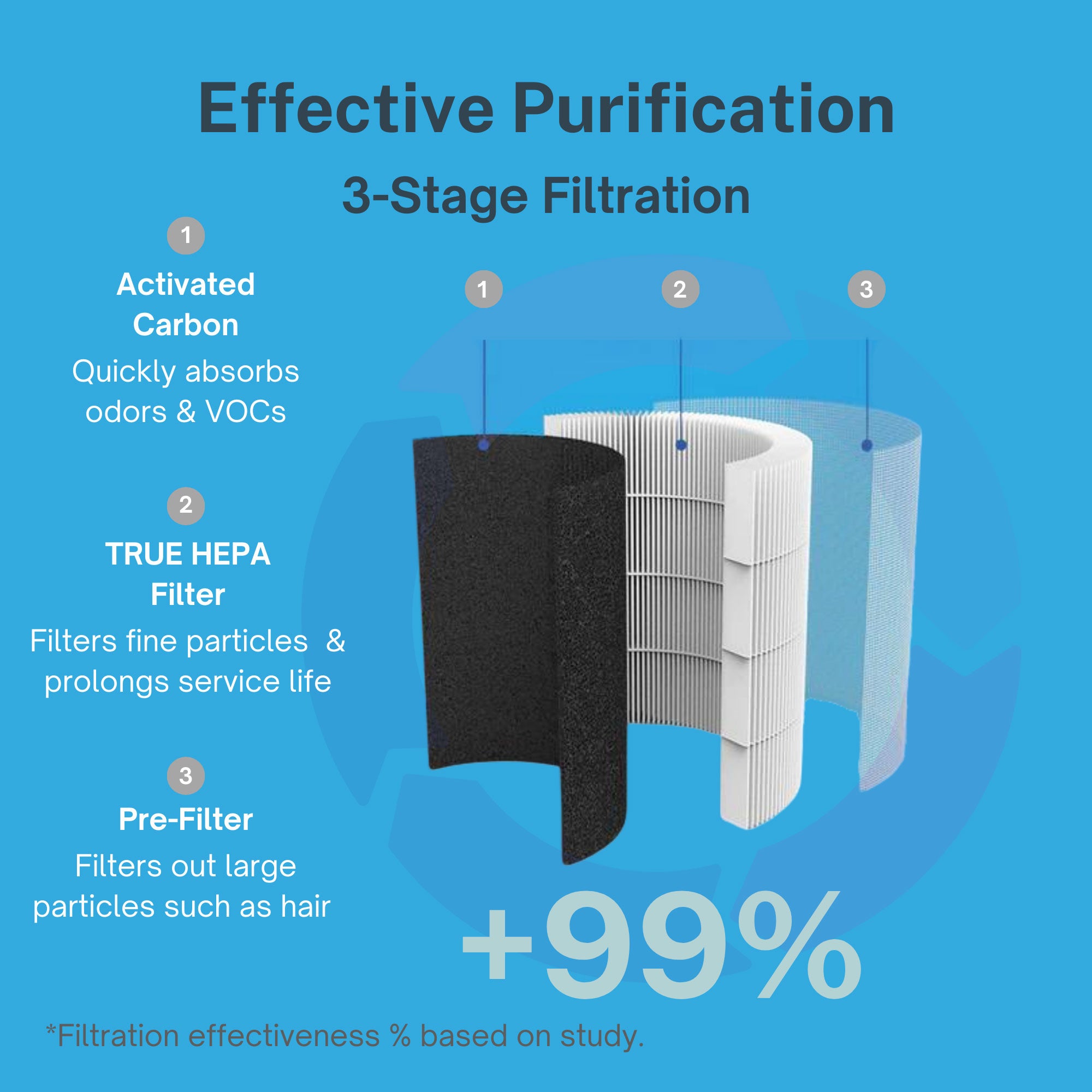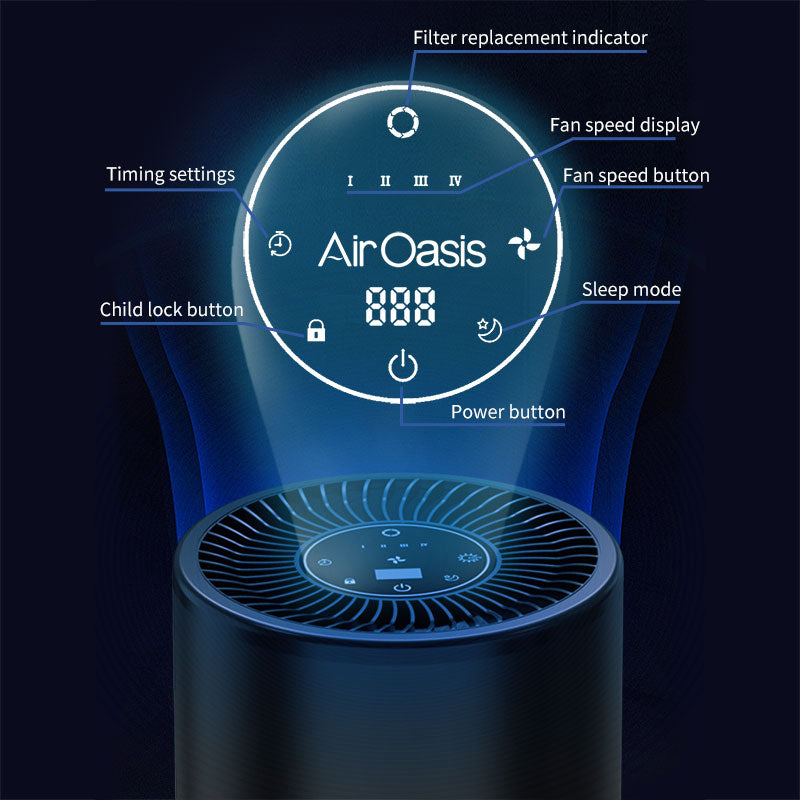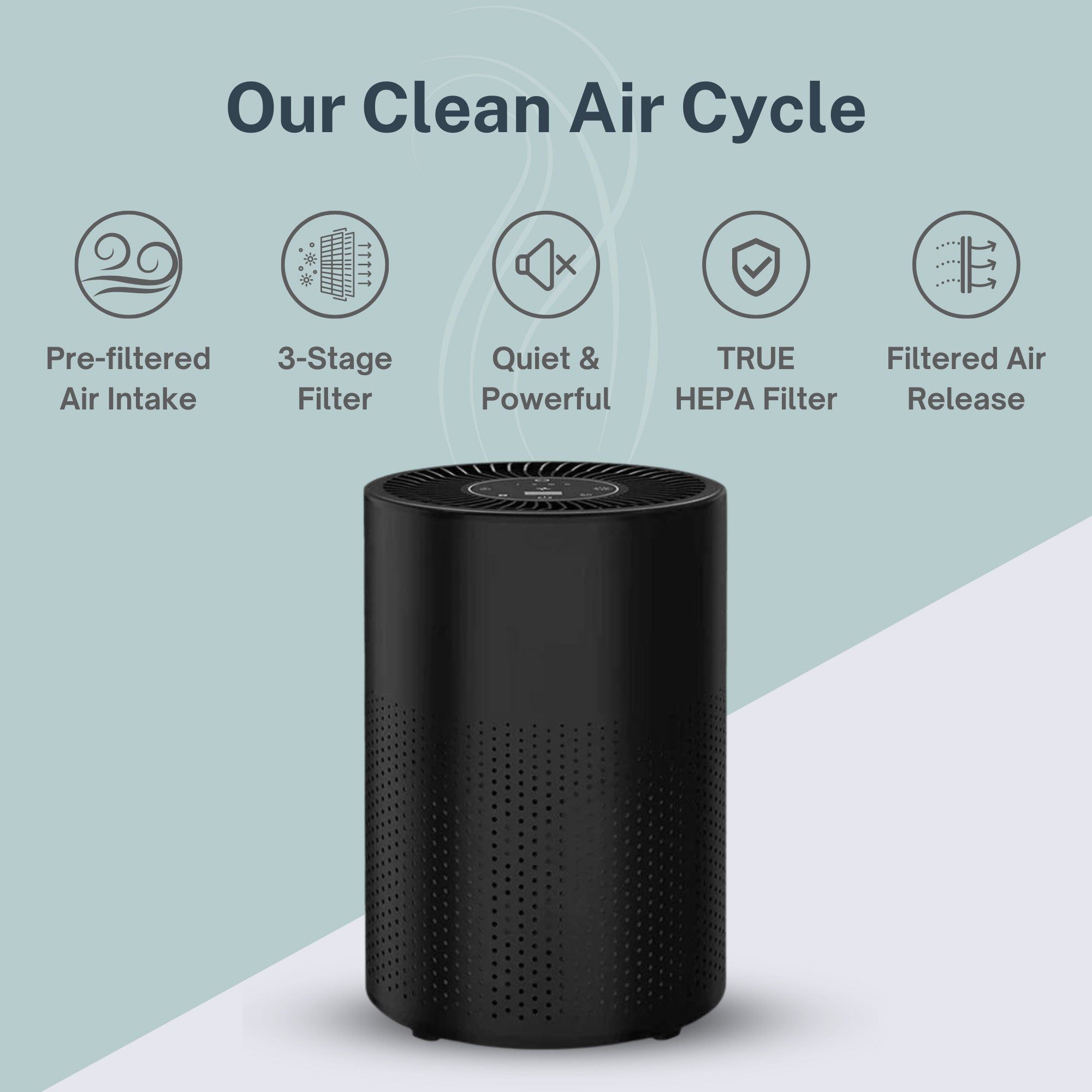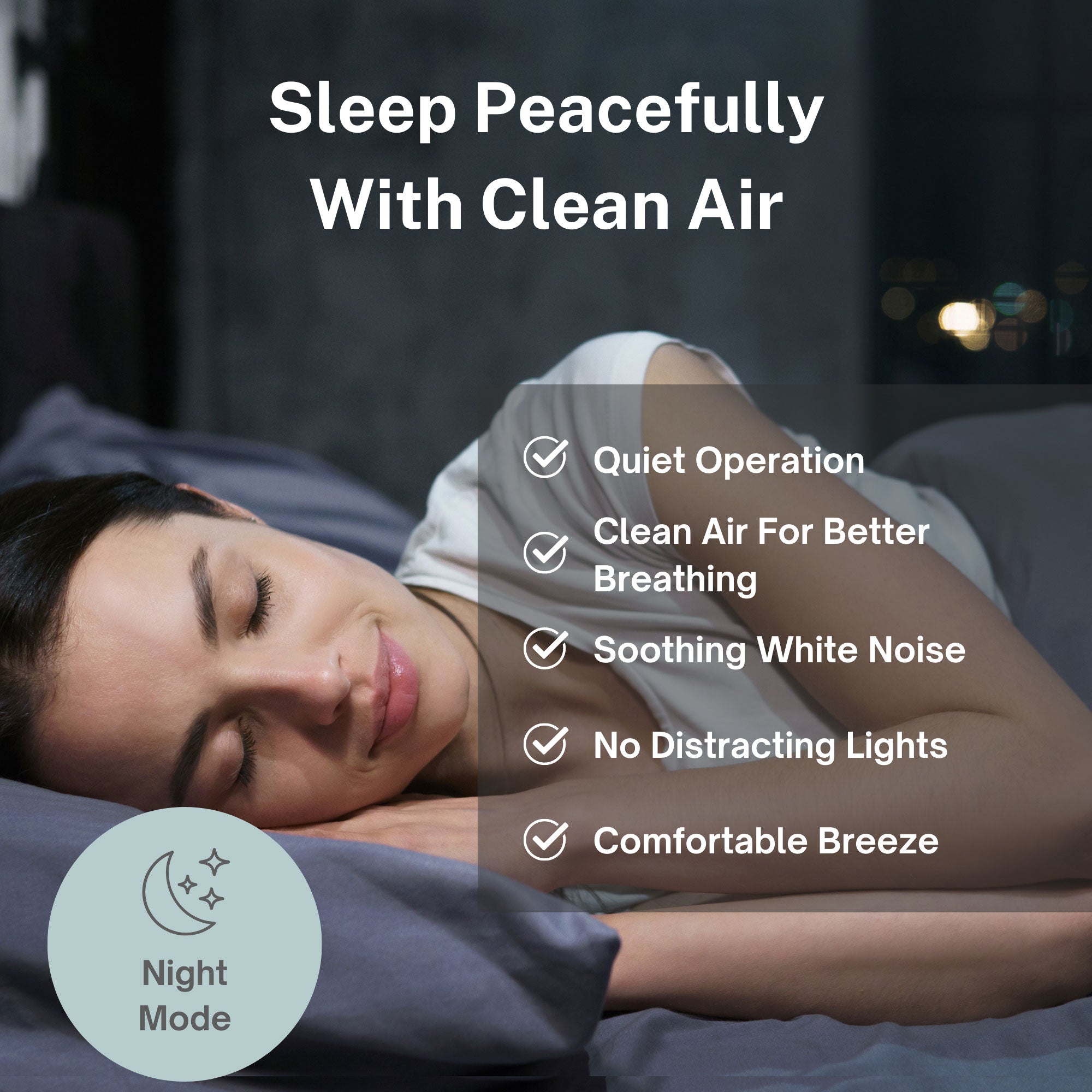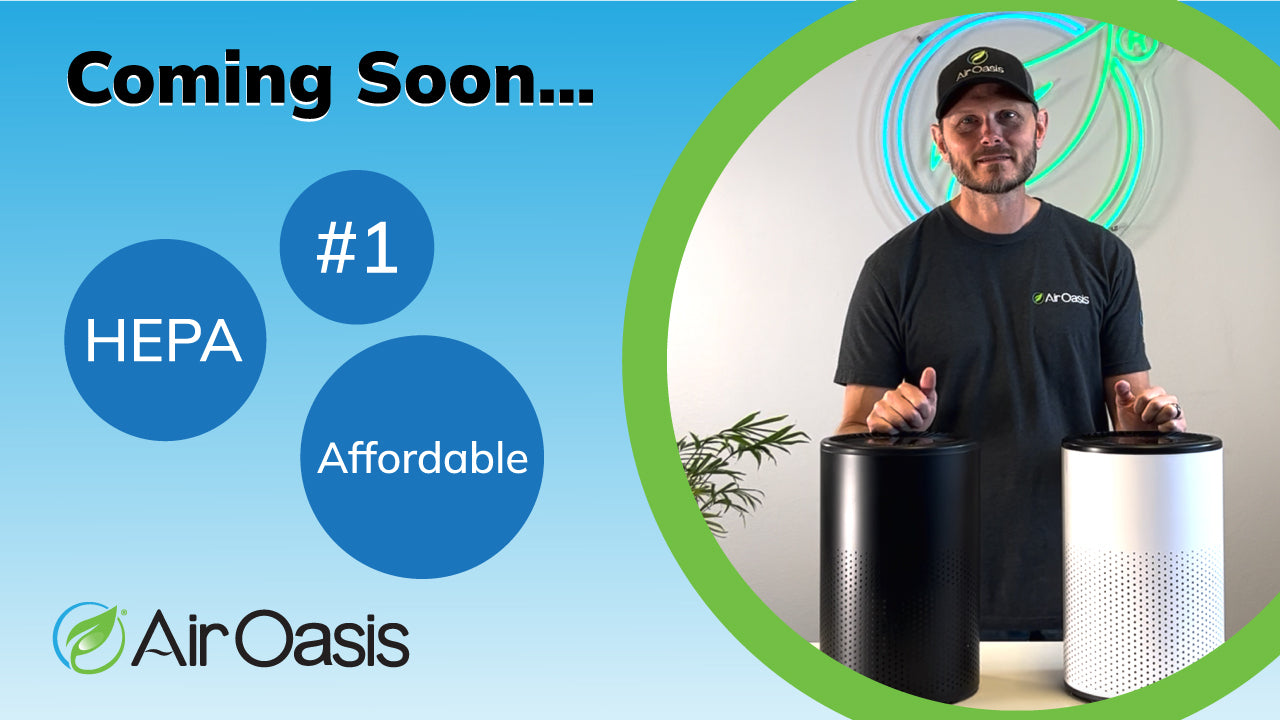A significant air quality alert remains in effect for the Coachella Valley through Monday afternoon, posing serious health risks to residents and visitors alike. The National Weather Service (NWS) San Diego issued the updated alert at 1:08 p.m. Sunday, extending through 1:15 p.m. Monday as windblown dust continues to create hazardous breathing conditions across the region.
Understanding the Threat
According to the South Coast Air Quality Management District (AQMD), the alert stems from harmful levels of particle pollution specifically caused by windblown dust. This particulate matter presents more than just a nuisance—it creates genuine health hazards, particularly for vulnerable populations.
"Particle pollution can get deep into the lungs and cause serious health problems such as asthma attacks, heart and lung disease symptoms, and increased risk of lung infections," the NWS warned in their alert. "Everyone can be affected, but sensitive groups such as people with lung or heart disease, older adults, people who are pregnant, children, and those who spend a lot of time outdoors are at greater risk."
These microscopic particles, often smaller than 2.5 micrometers in diameter (PM2.5), can bypass the body's natural defenses and penetrate deep into the respiratory system. Once there, they can trigger inflammation, exacerbate existing conditions, and potentially enter the bloodstream, affecting multiple body systems.
Regional Wind Patterns Driving Conditions
The Coachella Valley's unique geography makes it particularly susceptible to wind-driven air quality events. Situated in a desert basin surrounded by mountains, the region frequently experiences wind patterns that funnel through mountain passes, picking up fine desert dust and particulates along the way.
During spring and early summer, these wind events often intensify as temperature differentials between the desert floor and surrounding areas create pressure systems that accelerate air movement. The result is the suspension of significant amounts of dust and soil particles that can remain airborne for extended periods, creating the hazardous breathing conditions currently affecting the valley.
Protecting Yourself and Your Family
The National Weather Service has issued clear guidance for residents during this air quality alert:
- Stay indoors whenever possible, especially if you have respiratory concerns, other health problems, or are in a higher-risk category such as seniors and children.
- Limit outdoor activities to strictly essential tasks if you must go outside, minimizing exposure time.
- Reduce pollution contributions by avoiding the use of cars, gas-powered lawn equipment, and other vehicles when possible.
- Avoid burning debris or other materials that could further degrade air quality.
- Stay informed through NOAA Weather Radio or local weather news stations for condition updates.
Health experts recommend creating a clean air environment inside your home during such events. Keep windows and doors closed, run air conditioners on recirculate mode, and consider using high-efficiency air purifiers with HEPA filtration to remove airborne particulates from indoor spaces.
For those who must venture outdoors, properly fitted N95 or KN95 masks can help filter out many harmful particles, though they don't provide complete protection against the finest particulates.
Vulnerable Populations at Heightened Risk
The health impacts of poor air quality aren't distributed equally across the population. Certain groups face significantly higher risks during air quality alerts:
- People with pre-existing respiratory conditions like asthma, COPD, or bronchitis may experience acute symptom flare-ups requiring medical intervention.
- Individuals with cardiovascular disease can experience increased strain on the heart when the body struggles to maintain adequate oxygen levels during pollution events.
- Children have developing lungs and breathe more air per pound of body weight than adults, making them particularly susceptible to air pollution damage.
- Older adults often have diminished lung function and higher rates of heart and lung conditions that can be aggravated by poor air quality.
- Pregnant women need to be especially cautious, as some research suggests air pollution exposure during pregnancy may be linked to negative birth outcomes.
- Outdoor workers face extended exposure periods that can lead to both acute symptoms and potential long-term health effects.
Schools, nursing homes, and other facilities that serve vulnerable populations should implement precautionary measures during air quality alerts, including canceling outdoor activities and ensuring indoor air is filtered whenever possible.
Looking Ahead: Monitoring and Preparation
The current alert is scheduled to expire Monday afternoon, but residents should remain vigilant about changing conditions. Weather and air quality can shift rapidly in the Coachella Valley, with situations improving or deteriorating based on wind patterns, temperature, and precipitation.
Local health departments recommend having a plan in place for air quality emergencies, similar to preparations for other natural events. This includes:
- Keeping several days' worth of necessary medications on hand, particularly respiratory medications
- Having masks readily available for emergency use outside
- Knowing where to access real-time air quality information
- Understanding when symptoms warrant medical attention
- Having a clean air room or zone established in your home
The Air Quality Index (AQI) serves as a useful guide for understanding current conditions. Readings above 100 (Orange) indicate air unhealthy for sensitive groups, while values above 150 (Red) signal conditions unhealthy for everyone. During severe events, AQI values can exceed 200 (Purple) or even 300 (Maroon), representing very unhealthy or hazardous conditions respectively.
Community Resources
Residents seeking additional information or assistance during the air quality alert can access several resources:
- The South Coast AQMD website and mobile app provide real-time air quality data and forecasts
- The NWS San Diego office issues regular weather and air quality updates
- Local health departments offer guidance for protecting health during air quality emergencies
- Medical providers can provide personalized advice for individuals with pre-existing conditions
Creating cleaner air environments at home through proper air purification becomes particularly important during these events. Advanced air purification systems with true HEPA filtration and activated carbon can significantly reduce indoor particle levels, creating a sanctuary from outdoor pollution.
As climate change continues to influence weather patterns, experts predict more frequent and intense windstorm events in the region, potentially leading to increased air quality alerts in coming years. Building personal and community resilience to these events will become an increasingly important aspect of public health in the Coachella Valley and similar regions.
Remember to stay informed, take recommended precautions, and prioritize health during this and future air quality alerts. The current alert remains in effect until 1:15 p.m. Monday, but conditions may change based on evolving weather patterns.





